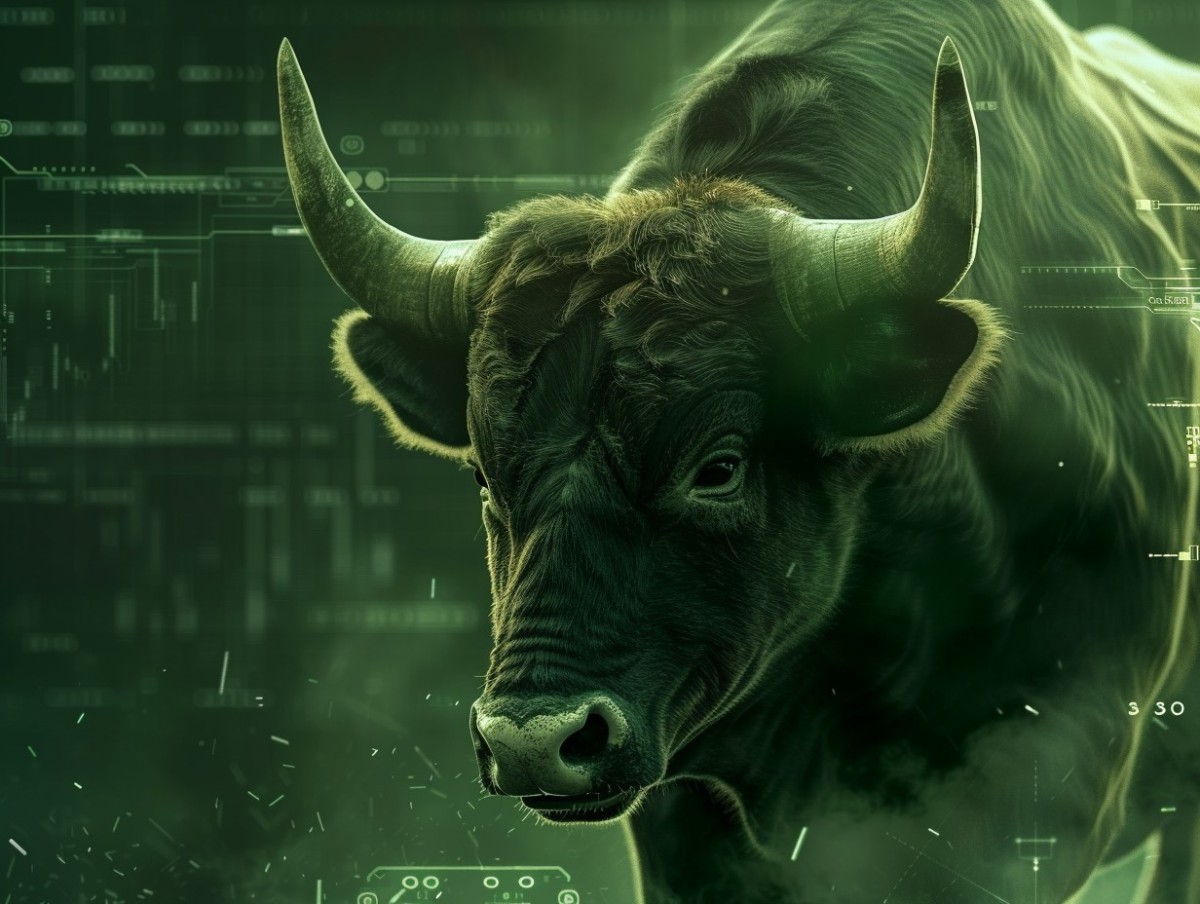The Crypto Fear & Greed Index has recently surged to its highest level since Bitcoin’s record high in 2021. This index, which measures market sentiment in the crypto space, has reached unprecedented levels, reflecting significant shifts in investor emotions and behaviors.
This index serves as a crucial barometer of market sentiment, influencing trading decisions and market dynamics. It provides insights into whether investors are feeling bullish or bearish about the crypto market.
Bitcoin’s Fear & Greed Index skyrockets to 2021 levels
As Bitcoin’s price exceeds $51,000 and other cryptocurrencies follow suit, the fear and greed among investors are palpable, pushing the index to new heights.
As of this moment, the value of Bitcoin (BTC) stands at $51,671.61. This represents a 3.6% increase from yesterday and a 0.7% increase from an hour ago. As of today, Bitcoin has gained 20.5% in value in comparison to its value seven days ago. The total volume of BTC traded over the last twenty-four hours was $39,297,887,182.
The global crypto market cap value is $2.02 trillion, representing a change of 2.92% over the past twenty-four hours and 87.85% over the past year. At the moment, BTC holds a market cap of $1.01 trillion, signifying a market dominance of 50.0%. Stablecoins, meanwhile, have a market cap of $139 billion, or 6.85% of the total crypto market cap.
The Fear and Greed Index is a market axiom that knowledgeable traders prefer to purchase when the index shows severe fear and to be more cautious when greed is high. However, this may not be the case.
Since October of last year, the index has consistently remained over 70 (the “greed” level). It plunged as low as $50 following the introduction of bitcoin ETFs in January, which was first viewed as a “sell-the-news” occurrence.
Bitcoin’s price has more than doubled over the last year. A year ago, a single coin was worth as little as $21,000.
Could Bitcoin tank again?
Bitcoin faces a new battle to overcome “densely packed” resistance as the BTC price approaches $50,000. In a thread on X (formerly Twitter), popular analyst Cole Garner spotlighted this very concern.
Despite falling over 4% on February 13 owing to unexpected US inflation statistics, Bitcoin has already recovered its losses and reached a new two-year high. Prior to the February 14 Wall Street opening, BTC/USD approached $52,000.
“There is a brick wall of asks on Bitfinex. Densely packed all the way up to $52.3,” Garner said.
There is a catch for market observers: bulls face a reconfigured liquidity picture, which might keep the market locked below $52,000. “ETF flows could eat thru it, but bitfinex is replenishing the wall much faster than demand can swallow it. All price can do is bounce off that.”
His post on X discussed the struggle between sellers and spot demand from the recently announced U.S. spot Bitcoin exchange-traded funds (ETFs). Despite consuming far more BTC than block subsidies add to the supply, ETFs are currently experiencing a liquidity excess in the important $50,000 zone.
The spotlight is on Bitfinex and its parent company, Tether, a stablecoin supplier. Historically, Bitfinex whale traders have substantially impacted spot pricing due to the volume of their trades. The identity of the liquidity supplier remains unknown.





